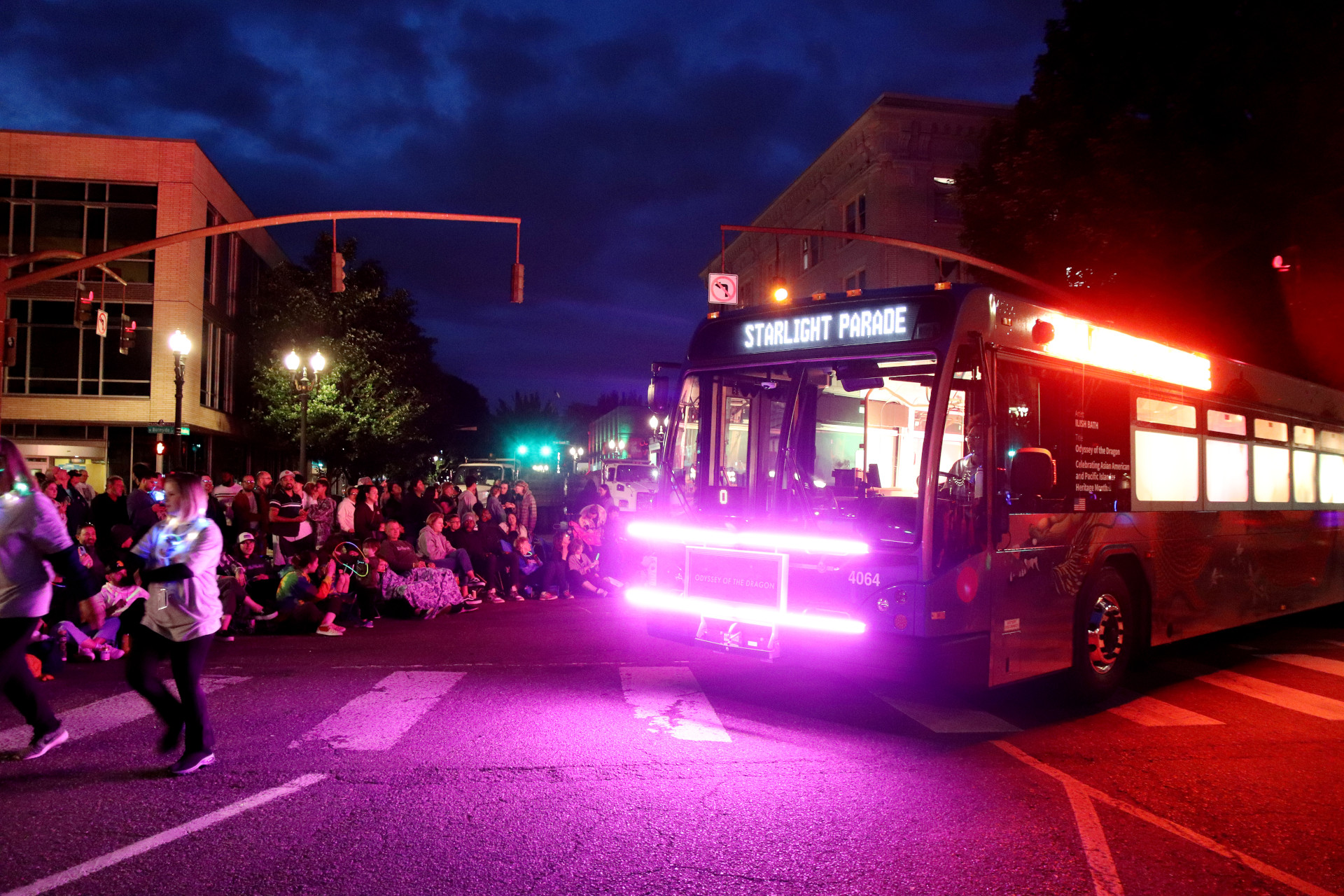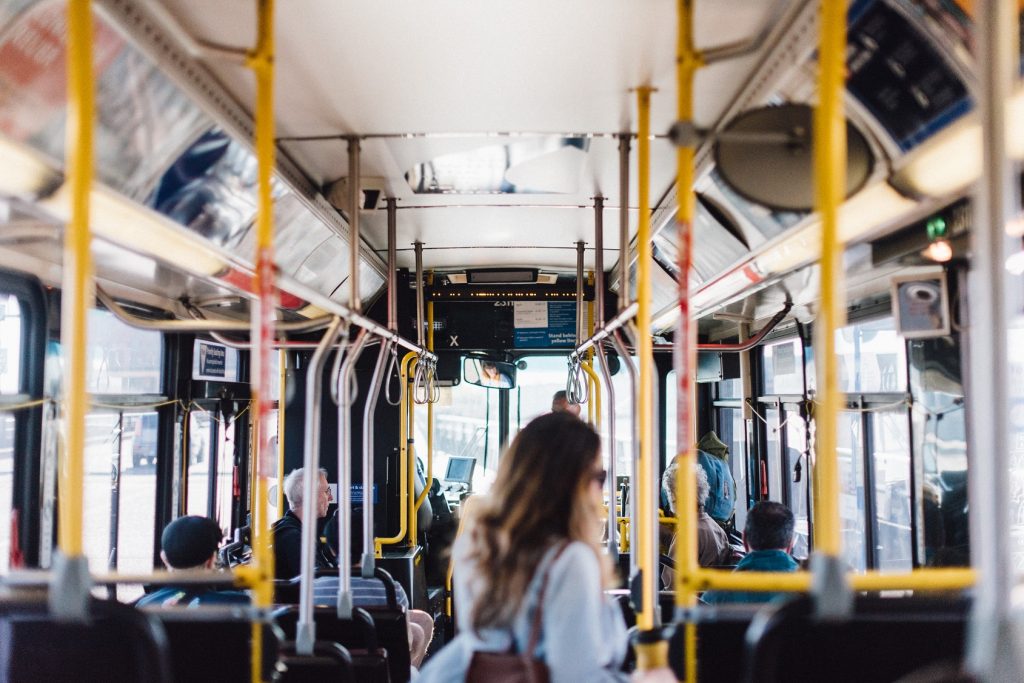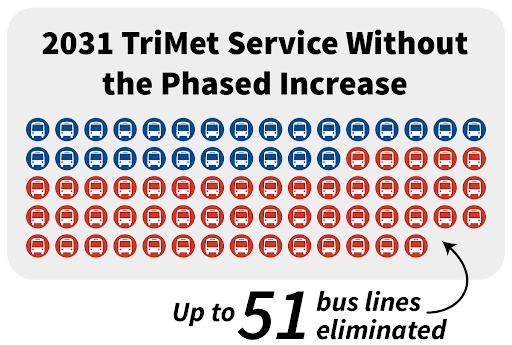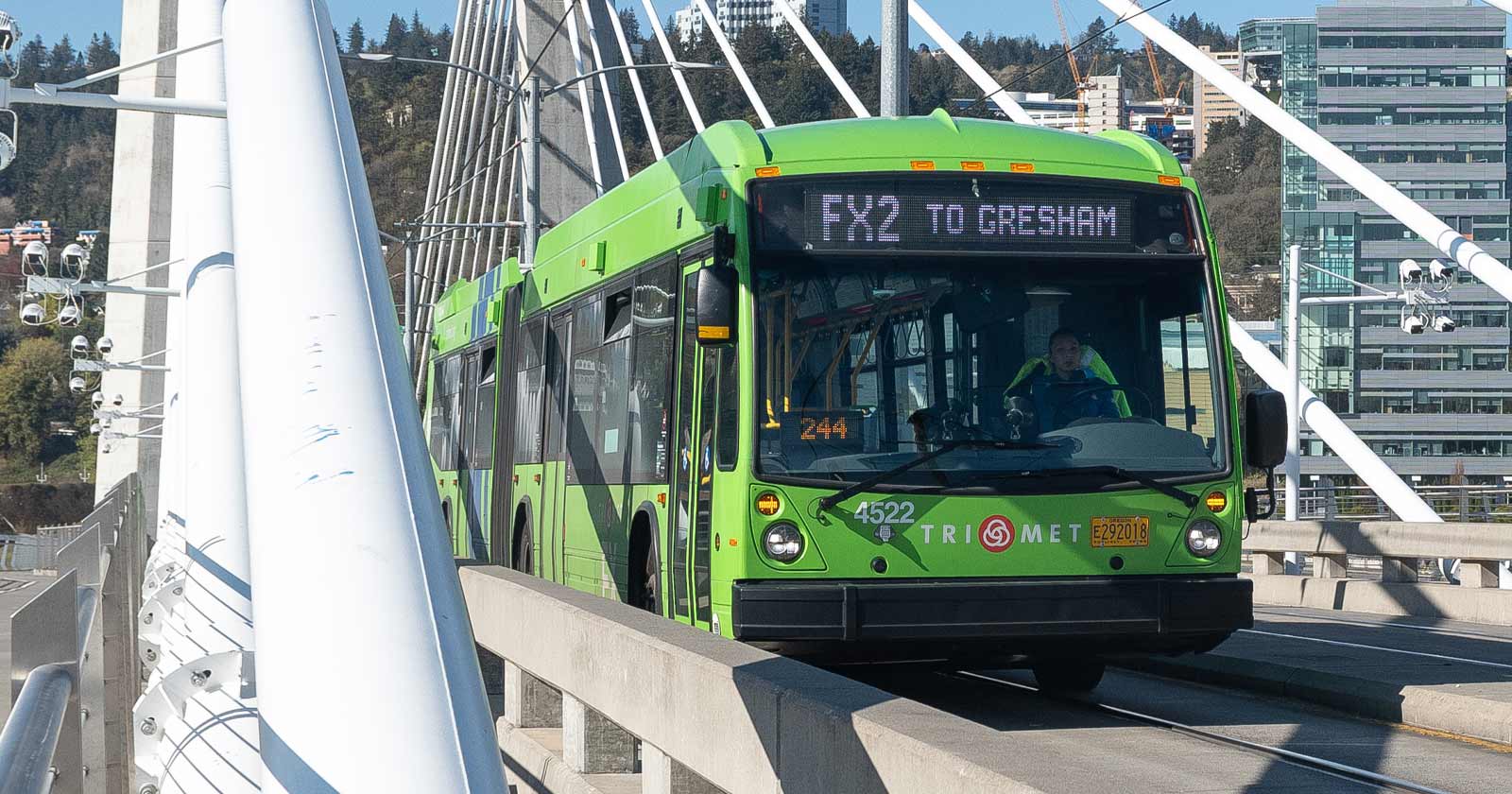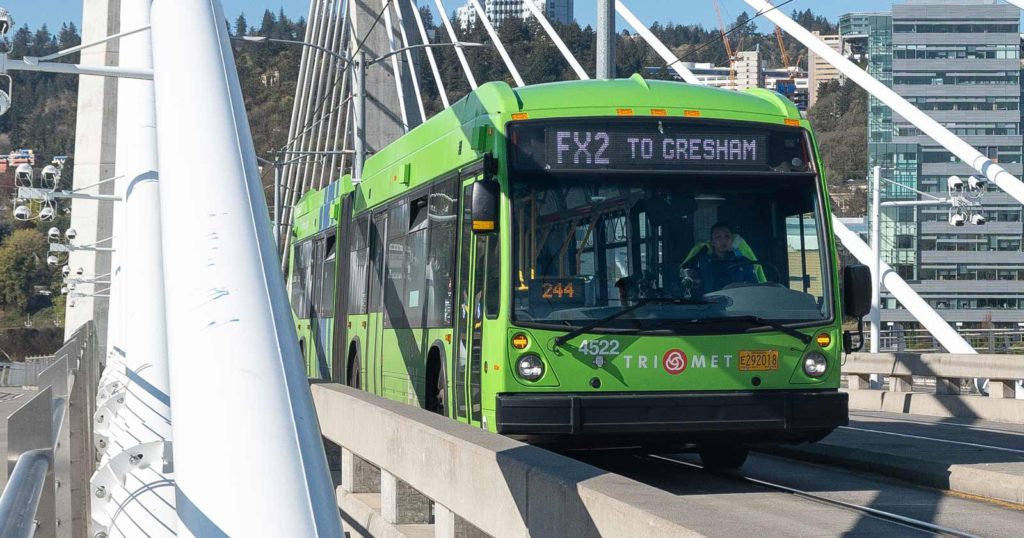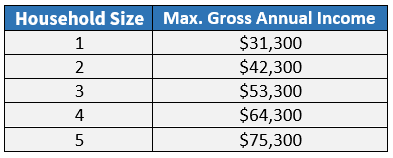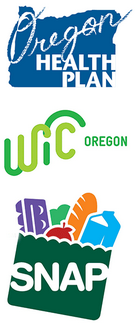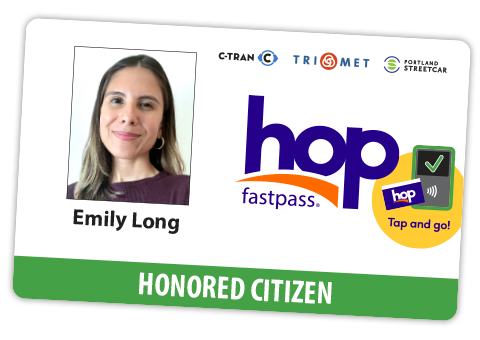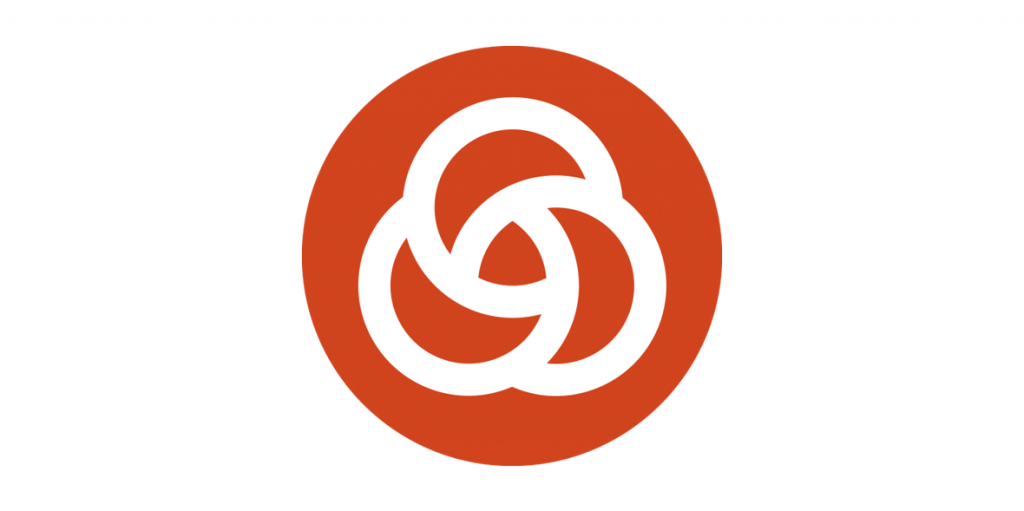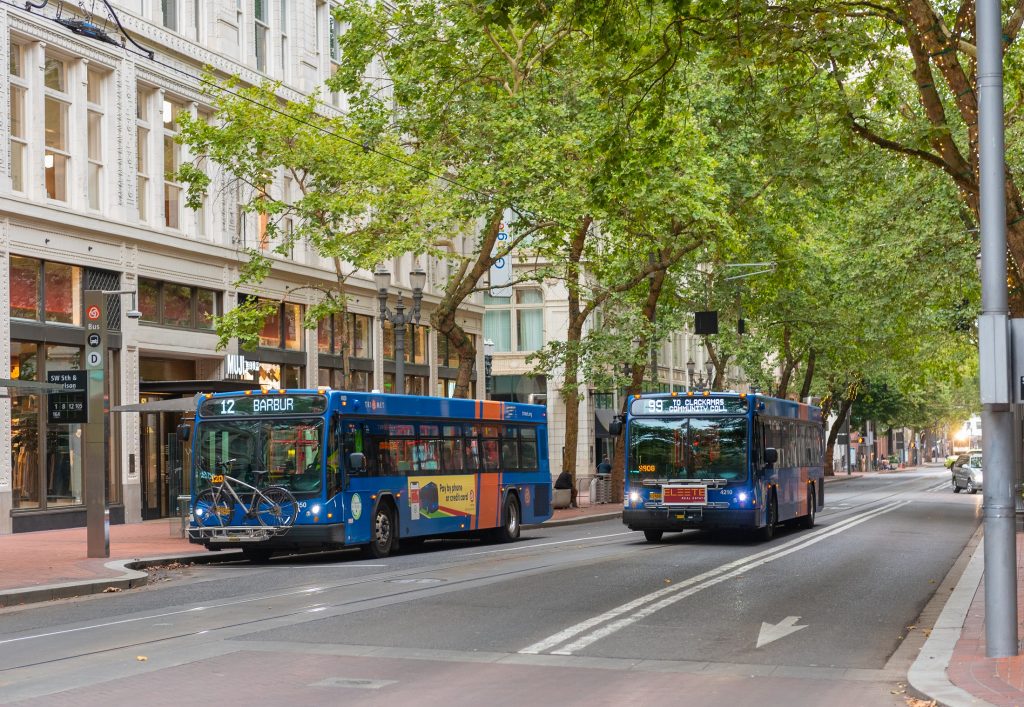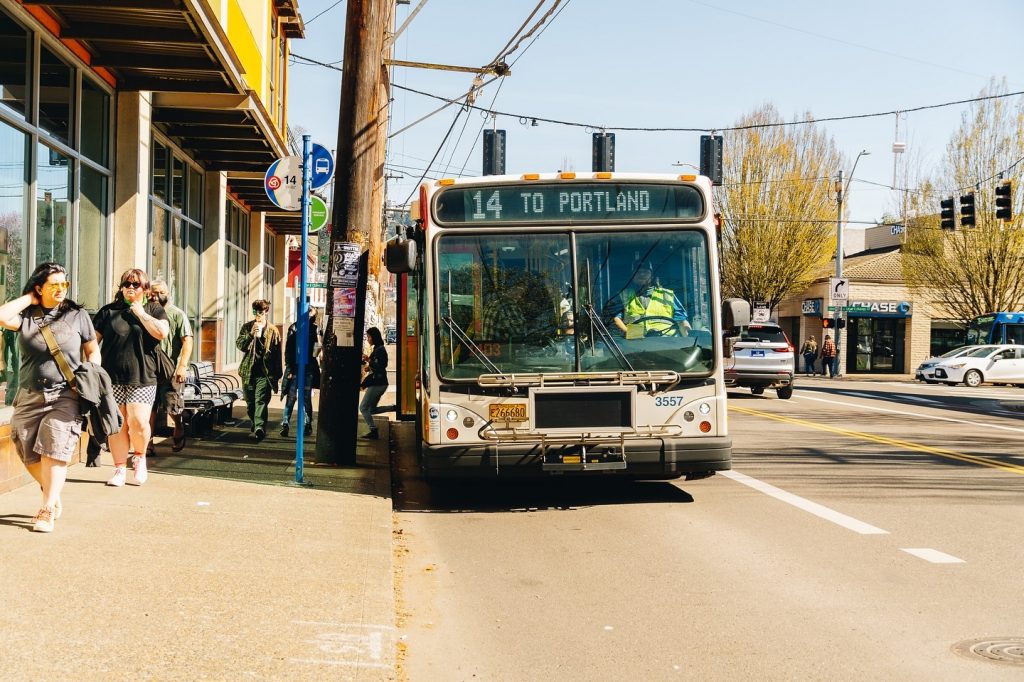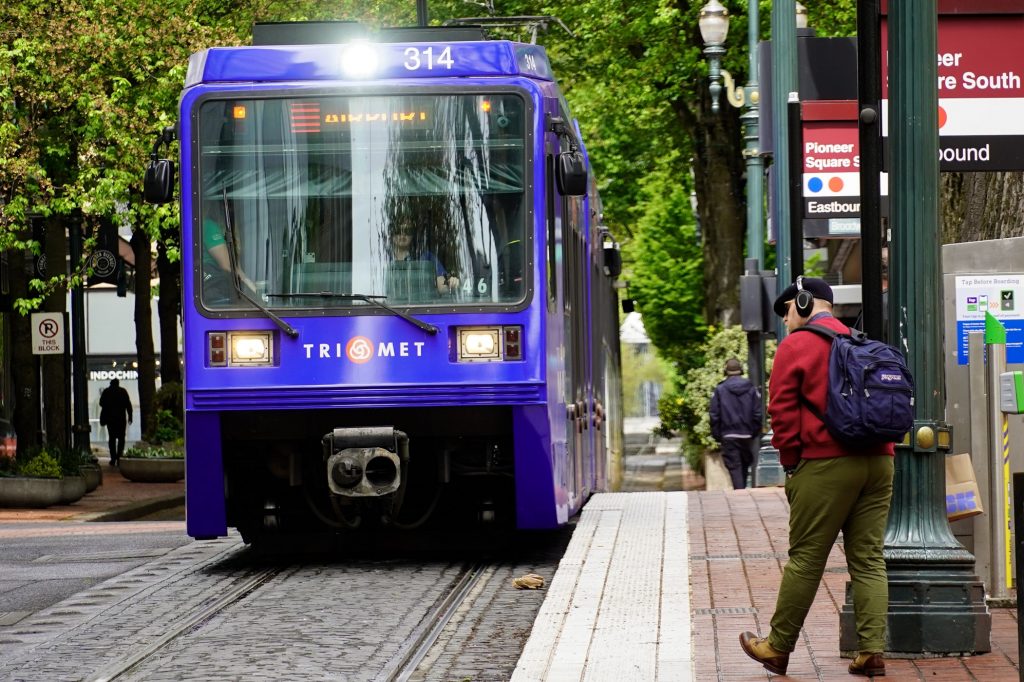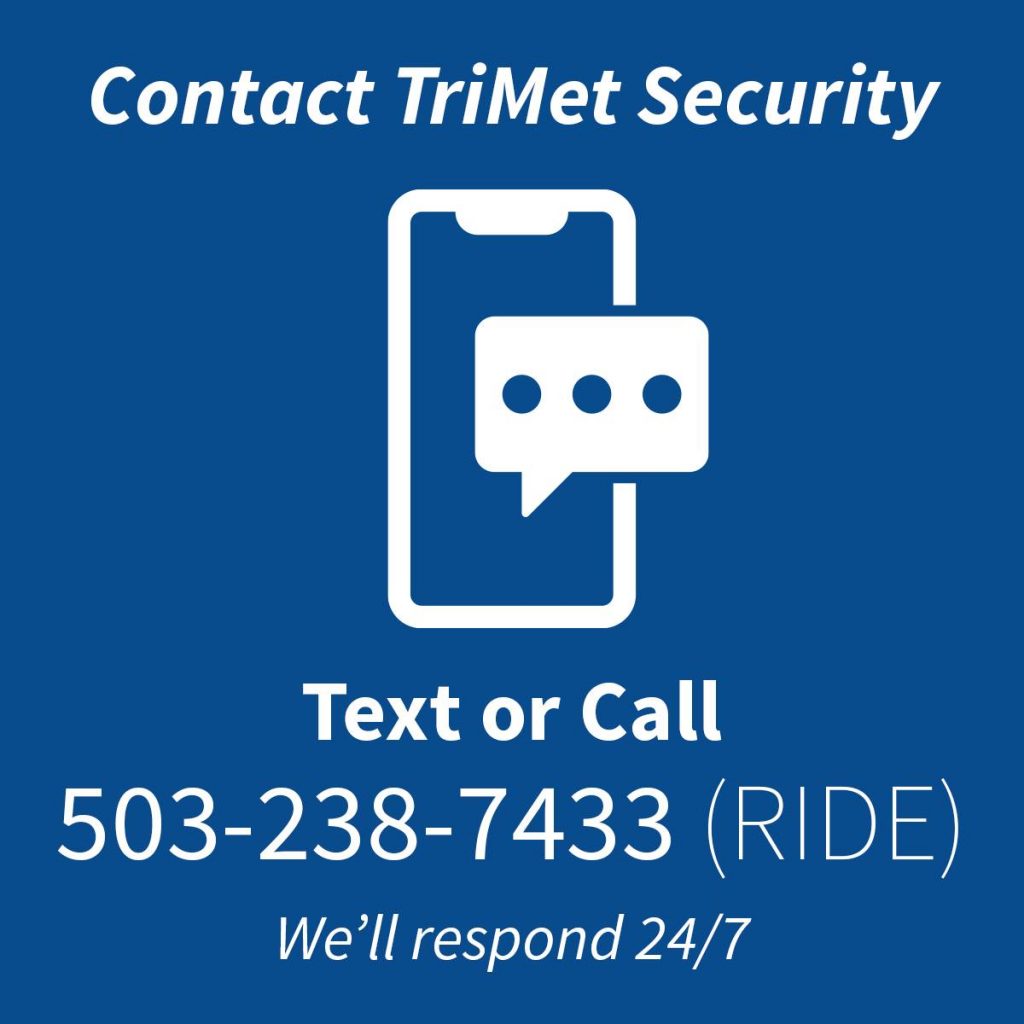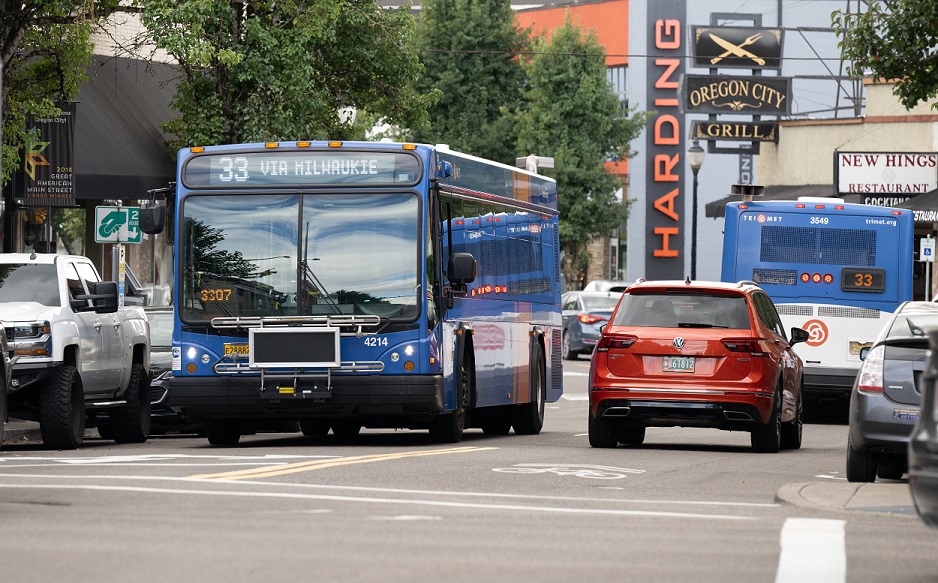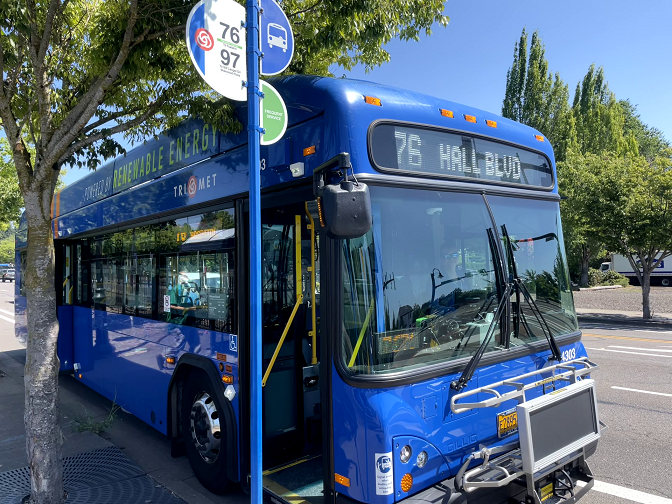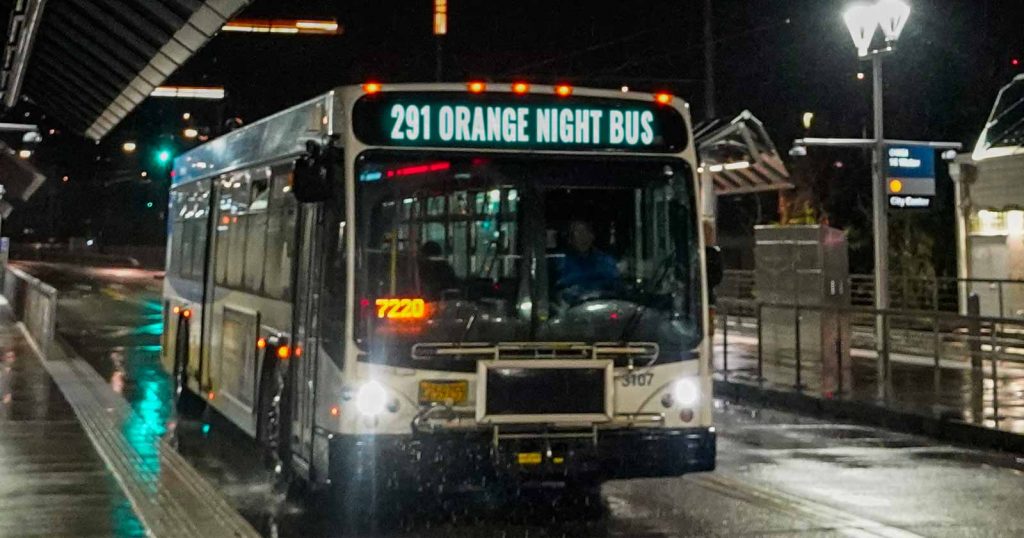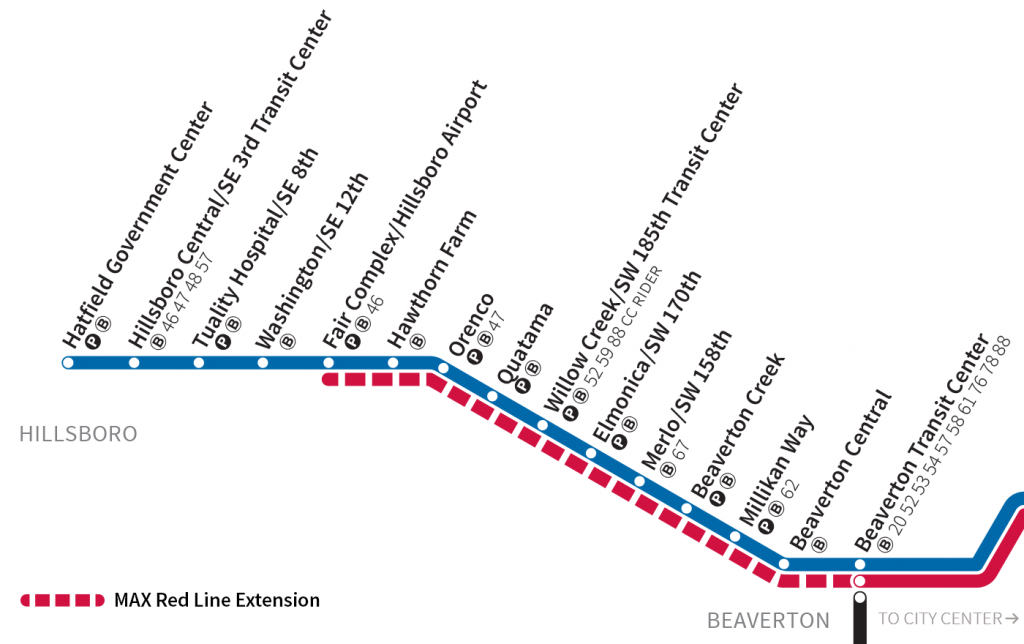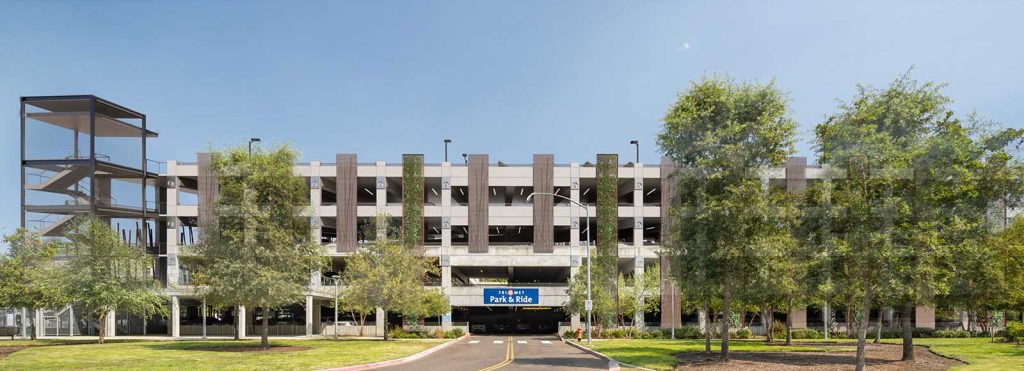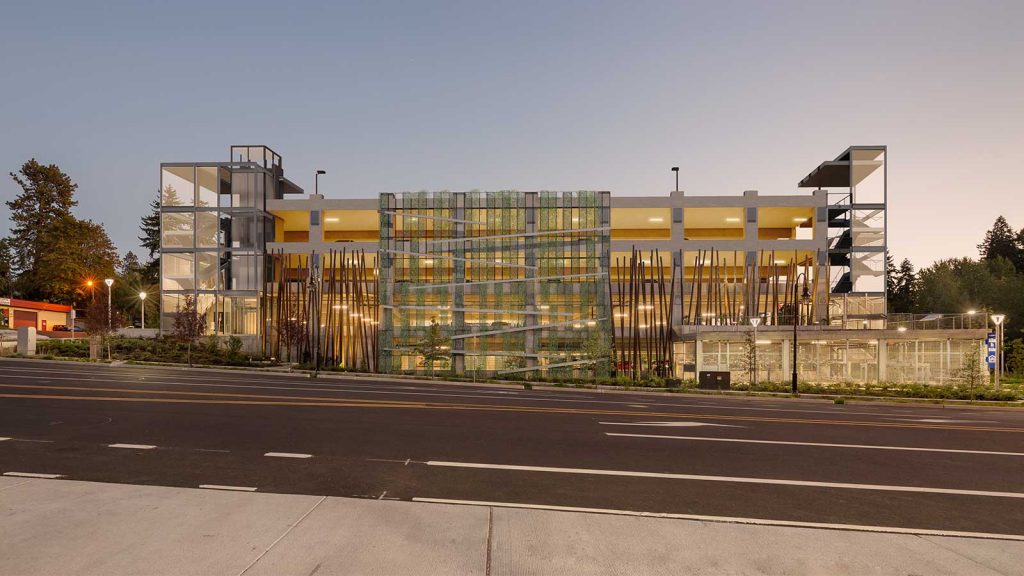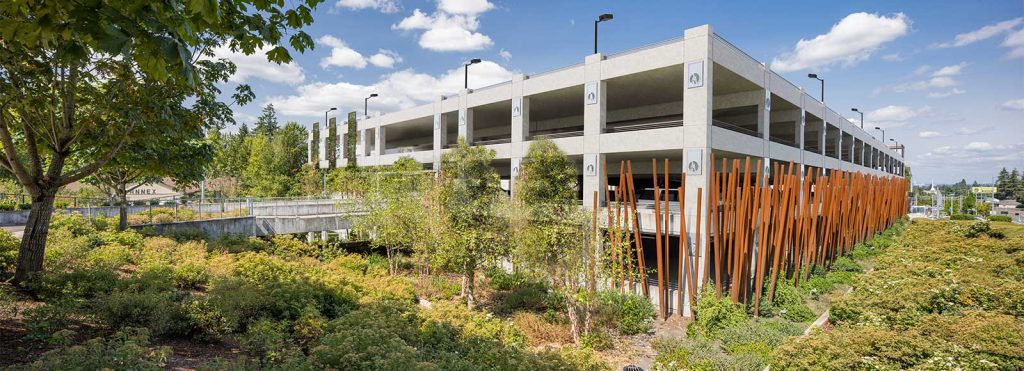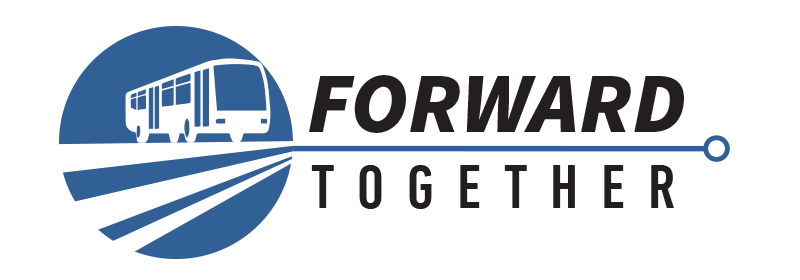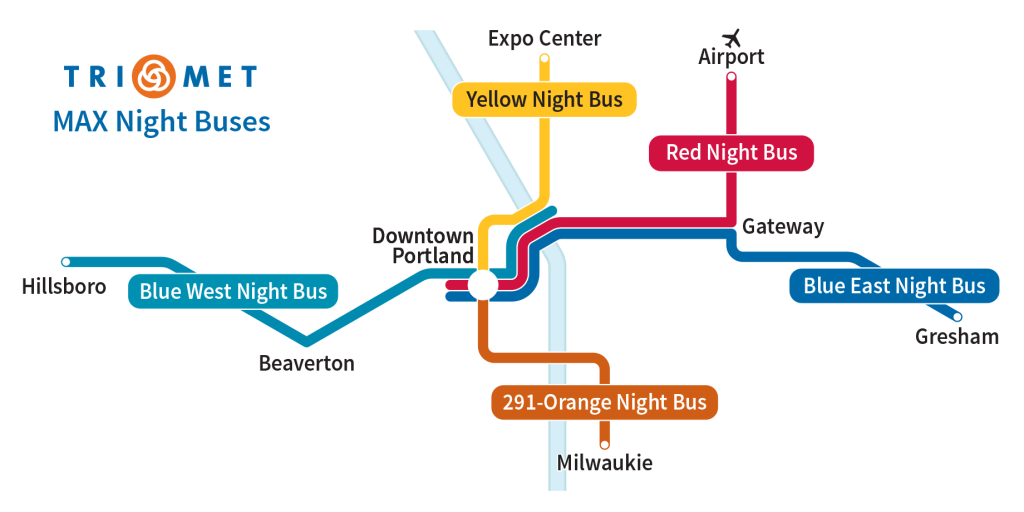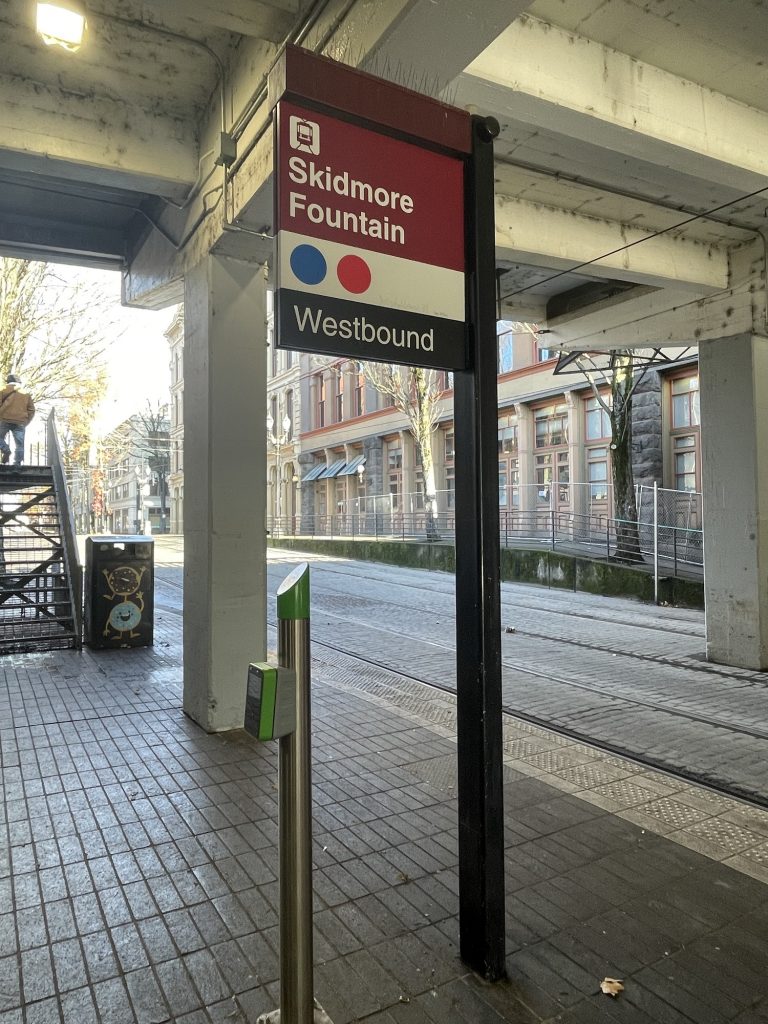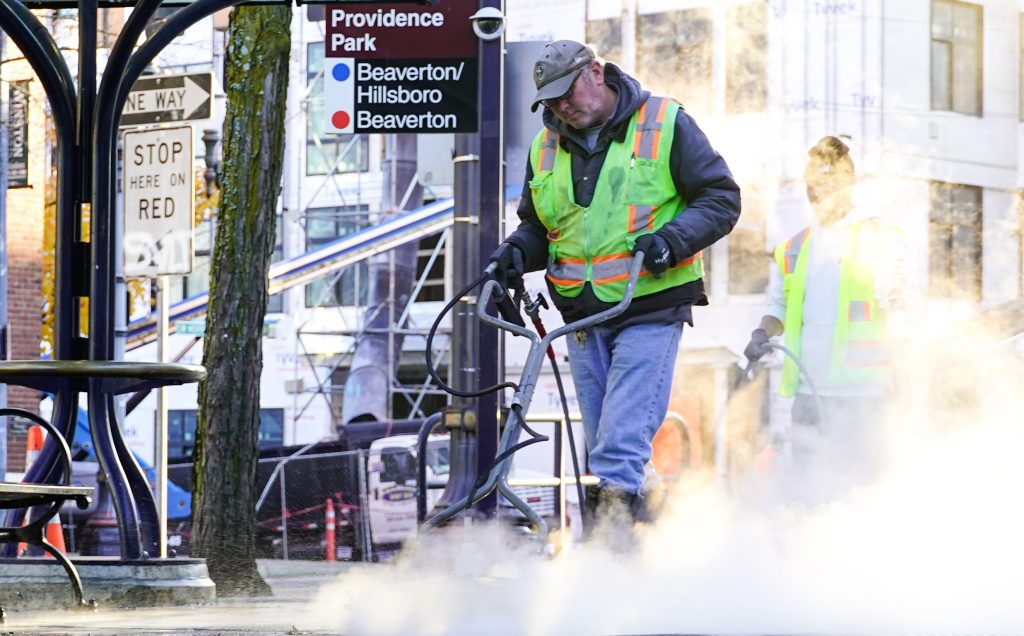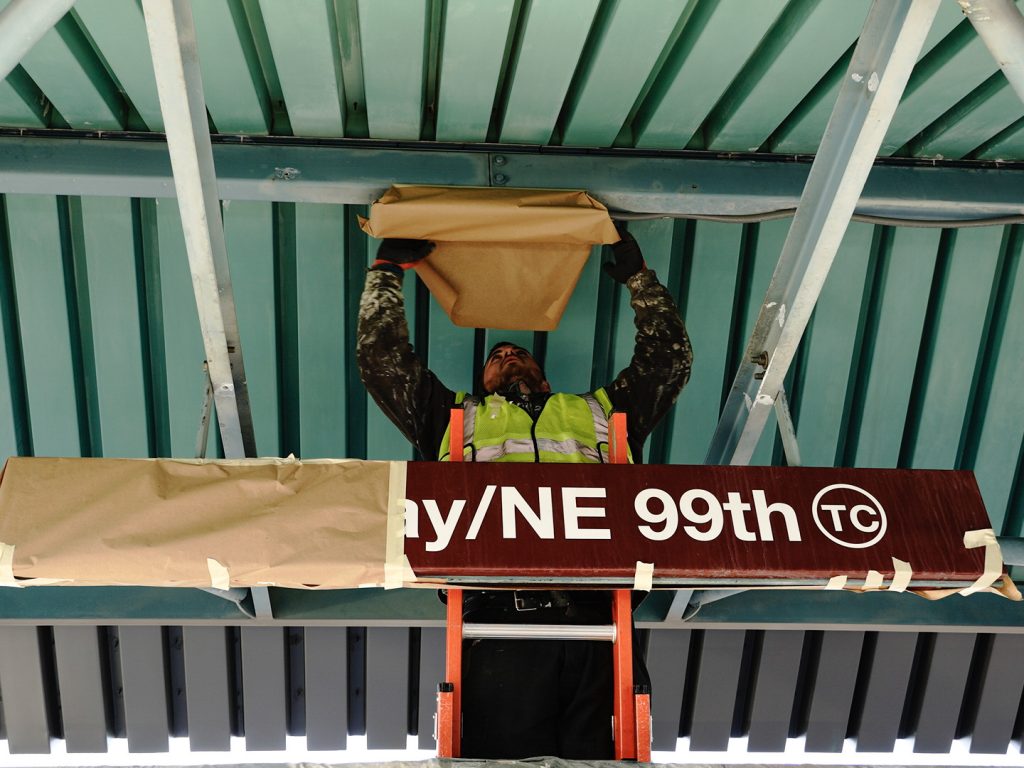Parades, CityFair are easily accessible via TriMet bus and MAX
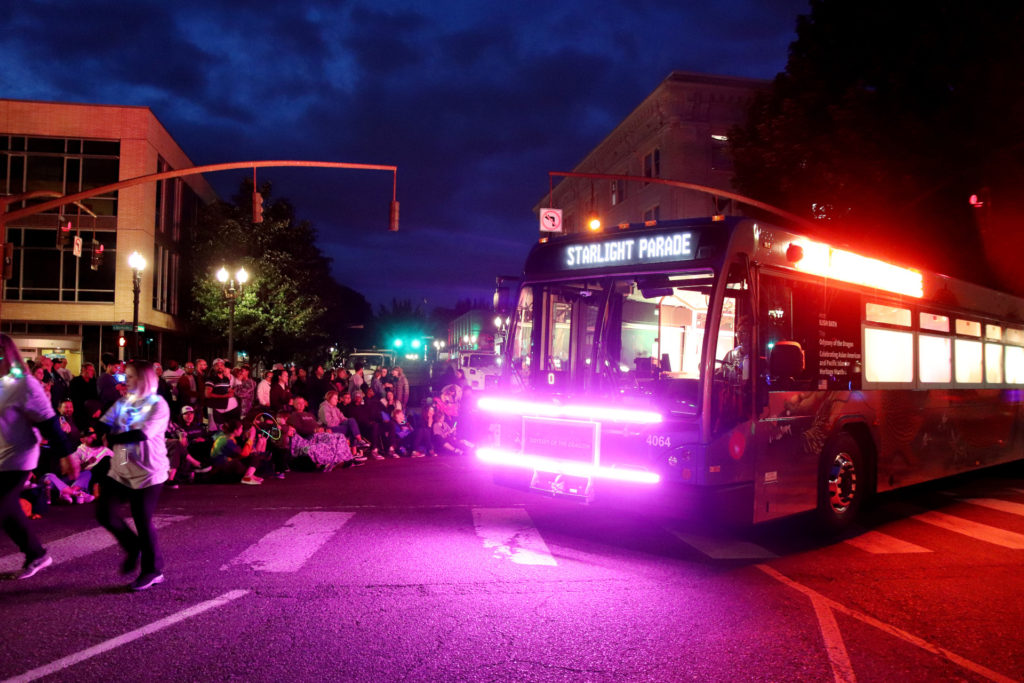
The 2025 Portland Rose Festival is nearly here!
TriMet is the Rose Festival’s local and regional transportation partner. Transit is the best way to enjoy the Rose Festival — riders can avoid traffic and expensive parking in the Portland City Center, and let us do the driving.
This year, the Grand Floral Parade returns to Downtown Portland for the first time since the COVID-19 pandemic! Additionally, TriMet is proud to continue our tradition of participating in the CareOregon Starlight Parade. Keep a lookout for our special bus and employees!
The Rose Festival begins Friday, May 23, with events running through June 8. The Festival includes Portland’s biggest annual parades and three weekends of an outdoor fair — all easy to access with TriMet. Visit trimet.org to plan your trip!
CityFair
Take the MAX Blue and Red lines to the Rose Festival CityFair, held at Tom McCall Waterfront Park! The Oak/SW 1st Ave MAX Station is located a block from the park. Many TriMet bus lines serve stops nearby as well. The MAX Green, Orange and Yellow lines also stop just a few blocks away.
CityFair kicks off on Memorial Day weekend, May 23-26. Catch a fireworks show on Opening Night over the Willamette River after sunset! There will also be fun rides, delicious food and live entertainment.
CityFair continues May 30–June 1, then again June 6-8.
The third and final weekend falls during Fleet Week, which runs June 5-8. It also coincides with the Dragon Boat Race on the Willamette River and the Grand Floral Float Showcase on Southwest Naito Parkway, both June 7-8.
Parades
CareOregon Starlight Parade
The CareOregon Starlight Parade on May 31 begins on the Waterfront and travels through Downtown Portland toward Providence Park.
Take the bus, MAX or Portland Streetcar and grab a front-row seat to this dazzling, one-of-a-kind parade. You can park for free at dozens of TriMet Park & Ride locations throughout the region and take TriMet to a stop or station near the parade route.
Keep an eye out for TriMet’s bus! Our bus featuring artist Daniel Hernandez Sandoval’s beautiful “La Cultura Cura” design will be rolling in the Starlight Parade, alongside TriMet employees.
Fred Meyer Junior Parade
The Fred Meyer Junior Parade on June 4 travels through the Hollywood District, from NE 52nd Avenue and Sacramento Street west to Grant High School. This is a fun and festive parade by kids, for kids!
The parade route passes just a couple blocks from the Hollywood/NE 42nd Ave MAX Station, which is served by the MAX Blue, Green and Red lines. Multiple bus lines also stop near the parade route. Visit trimet.org to find the best way to get to your viewing spot!
Grand Floral Parade
The Grand Floral Parade makes its return to Downtown Portland on June 7! This parade has been a beloved Portland tradition for more than 117 years.
The parade will follow approximately the same route as the Starlight Parade. Breathtaking floral floats, high-energy marching bands and multicultural performers will make their way from the Waterfront toward Providence Park.
TriMet is the perfect way to enjoy this spectacular and beautiful celebration of Portland’s spirit, without the hassle of traffic and parking in the City Center. The parade route is an easy stroll from many bus stops and MAX stations, as well as Portland Streetcar stops. Plan your trip at trimet.org!
Service info
Parades may cause minor delays for TriMet bus and MAX lines. TriMet coordinates closely with parade organizers. Our shared goal is to keep everyone safe while minimizing disruptions.
Additionally, as ships arrive and depart for Fleet Week, bridge lifts will be required. These bridge lifts will affect service on all MAX lines and some bus lines. Stay tuned for more information.
Riders can always find the latest service information at trimet.org/alerts, or sign up to receive alerts at trimet.org/email. Riders can also check the digital displays at MAX stations for service alerts.
Know before you go
Riding TriMet is easier than ever! Here’s a few tips for riding:
- Machines at MAX stations now distribute Hop Fastpass® cards! Purchase one card per qualifying family member. Military and veterans, people with disabilities, and seniors age 65 and older qualify for TriMet’s Honored Citizen fare.
- No Hop card? Quickly and easily purchase Adult fare by tapping your contactless credit or debit card to a Hop reader. (This option is for Adult fare only. Each rider must use a separate card.)
- Children 6 and under ride free and children ages 7 to 17 qualify for TriMet’s Youth fare.
- Our Rules for Riding help to keep our riders and employees safe and our buses and trains clean and welcoming. Please report any unwanted behavior or activity to 503-238-7433 (RIDE), or tell your bus operator or a member of TriMet’s safety and security teams.

